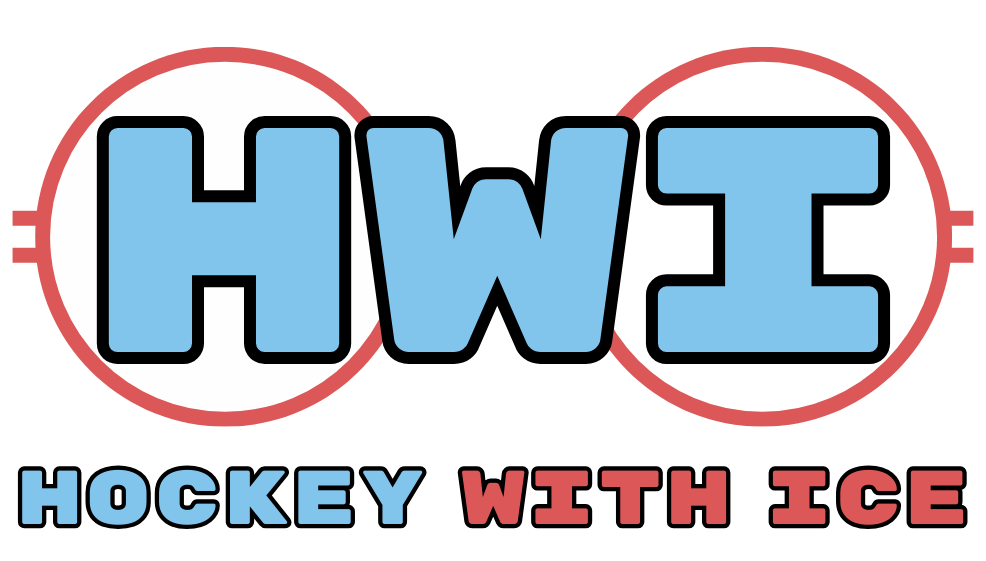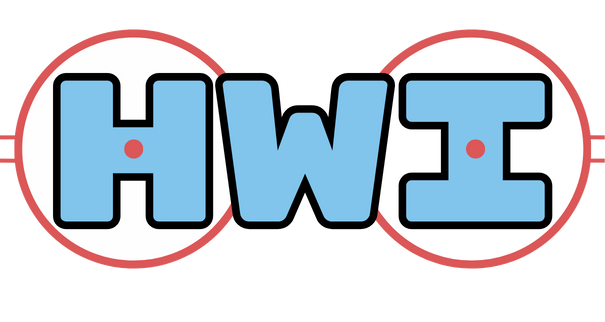The transfer window in football is defined by the hurricane of rumours that dominate the final couple of days before the window ‘slams shut’.
As the deadline comes into view, the irrational emotion of fans spreads to managers and owners. It doesn’t matter who the player is, all that matters is that the team signs somebody.
Those teams who calmly get their work done early are sneered at, like the teacher’s pet who hands in their assignment before the rest of the class have even started to think about it. There’s no fun in doing it that way. Where’s the drama, the excitement, the buzz of taking things right down to the wire?
It doesn’t matter that every transfer window proves that the boring approach is almost always the smartest approach and that panic buying in the final hours usually works out as well as scrambling around shops late on Christmas Eve. Not only does the memory of overpaying for a present neither wanted nor needed quickly fade, the error only heightens the stakes the following year.
The NHL Free Agency period is the polar opposite. Here, the Christmas presents are frantically bought as soon as possible to avoid the dreaded sight of finding the shelves empty of anything worth buying.
The 2024 version proved to be a classic case in point.
There is an obvious reason for this: the salary cap.
Just as the transfer deadline in football forces negotiations to come to a conclusion, the budget limitations that NHL teams have to work within mean that waiting out the market usually isn’t an option.
That’s especially the case for the player and his agent. Leave it too long and you’re left with two options: 1) sign with an uncompetitive team that has the cap space to pay you the money you want, or 2) compromise on the contract to sign with a good team – usually limiting it to a one-year guarantee – and hope that you have a good enough season to give you a better chance next time.
If this sounds like a good way to restrict potential inflation in salaries, you would be right.
If it looks like it’s almost designed by the team owners to work this way, you would be right again.
And if you think that the ever-growing North American influence in English football means that a salary cap may be heading that way too, you would have got three out of three right on the money.
The latest proposals being considered in the Premier League (EPL) would be based on a system where the cap is set as a multiple, 5 is the one currently on the table, of the lowest earner from the core TV revenue and prize money. The added complication in football is that it is more of a global league market. Whether it’s a Spanish giant or a Saudi upstart, there will always be external competition that can help to push up player wages.
The NHL doesn’t have to worry about that. Much as there are wonderful leagues elsewhere, particularly here in Europe, they are not close to the NHL either in financial terms or in reputational terms.
This difference means the Free Agency frenzy we see every year in the NHL is unlikely to be heading to the EPL anytime soon. Whether that’s a good thing or a bad thing is a matter of personal taste.
What’s not in question is that the NHL version, unlike the EPL version, always delivers. Just as it did last Monday when 160 contracts were dished out in less than 8 hours.
Now we just have to wait three months for the 32 NHL teams to get back out on the ice again.

